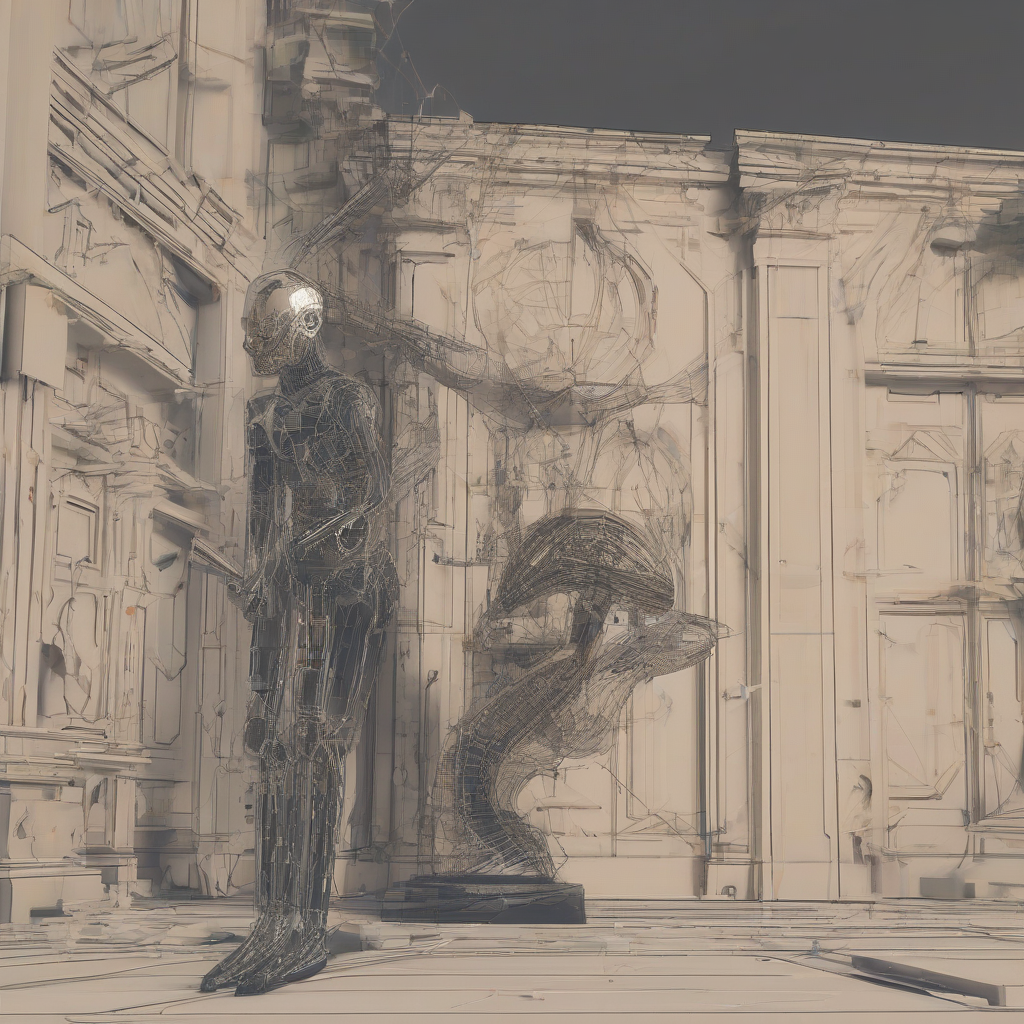Neuse Termite & Pest Control: Your Comprehensive Guide to Protection
Neuse River area residents face unique pest challenges. High humidity, abundant vegetation, and proximity to water sources create ideal breeding grounds for various pests, including termites, which can cause significant structural damage to homes and businesses. Understanding the threats and employing effective control strategies is paramount. This comprehensive guide delves into Neuse River area pest control, with a particular focus on termites, offering insights into identification, prevention, and treatment.
Understanding Termites in the Neuse River Area
Subterranean termites are the most prevalent species in the Neuse River region. These social insects live in colonies, often numbering in the thousands, and feed on cellulose, the primary component of wood. Their activity can go unnoticed for years, leading to extensive damage before discovery. Different termite species exhibit varied behaviors and preferences, making accurate identification crucial for effective control.
Identifying Termite Infestations
- Visible Termites: Swarmers (winged reproductive termites) appearing indoors or outdoors indicate a mature colony nearby. These are often mistaken for ants but have straighter antennae and broader waists.
- Mud Tubes: These shelter tubes are built by subterranean termites to travel from the ground to wood sources, protecting them from desiccation and predators. Their presence is a clear sign of infestation.
- Damaged Wood: Look for damaged wood, especially around baseboards, window frames, and support beams. Tap on suspect areas; hollow sounds might indicate termite activity.
- Droppings (Frass): Termite droppings are small, pellet-like particles. Their presence, often found near damaged wood, signifies an active infestation.
- Winged Termites (Alates): Finding discarded wings after a swarm suggests a nearby established colony.
Common Termite Species in the Neuse River Area
- Eastern Subterranean Termites (Reticulitermes flavipes): The most common species, building mud tubes and exhibiting swarming behavior.
- Formosan Subterranean Termites (Coptotermes formosanus): Highly destructive, rapidly expanding colonies and causing significant damage.
- Drywood Termites (various species): Less common than subterranean termites, these species nest directly in dry wood without needing contact with the soil.
Neuse River Area Pest Control: Beyond Termites
While termites pose a significant threat, other pests are also prevalent in the Neuse River area. These include:
- Ants: Various ant species, including carpenter ants, which can cause damage similar to termites.
- Rodents: Mice and rats can contaminate food sources and spread diseases.
- Cockroaches: Carriers of bacteria and allergens, cockroaches can infest homes and businesses.
- Spiders: While most spiders are harmless, some pose a bite risk.
- Mosquitoes: A nuisance and vectors for diseases.
- Ticks: Potential carriers of Lyme disease and other illnesses.
Effective Termite and Pest Control Strategies
Effective pest control involves a multi-pronged approach combining preventative measures and professional treatments.
Preventive Measures
- Eliminate Moisture: Repair leaky pipes, gutters, and roofs to reduce moisture, a major attractant for termites and other pests.
- Proper Landscaping: Maintain a distance between structures and vegetation, reducing direct access points for pests.
- Regular Inspections: Conduct regular inspections of your property, looking for signs of termite activity or other pest infestations.
- Wood Treatment: Use treated lumber for construction and repairs.
- Proper Ventilation: Ensure proper ventilation in crawl spaces and attics to reduce moisture accumulation.
- Store Food Properly: Store food in airtight containers to deter rodents and insects.
Professional Termite and Pest Control Treatments
Professional pest control services offer various treatments depending on the severity and type of infestation.
- Termite Baiting Systems: These systems use bait stations strategically placed to eliminate entire colonies.
- Liquid Termiticides: These chemicals are injected into the soil to create a barrier around the structure.
- Fumigation: Used for severe infestations, fumigation involves treating the entire structure with gaseous pesticides.
- Targeted Treatments: For specific infestations, targeted treatments may involve spot treatments or localized applications.
- Preventative Treatments: Pre-construction treatments can protect new structures from termite infestation.
Choosing a Reputable Pest Control Company
Selecting a reputable pest control company is critical for effective and safe treatment. Consider the following factors:
- Licensing and Insurance: Ensure the company is licensed and insured to operate in your area.
- Experience and Expertise: Look for companies with experience in termite and pest control, particularly in the Neuse River area.
- Customer Reviews and Testimonials: Read reviews and testimonials from past clients to gauge their satisfaction.
- Transparency and Communication: Choose a company that provides clear and upfront pricing and communication throughout the process.
- Guarantee and Warranties: Inquire about guarantees and warranties offered on their services.
- Used Products: Ask what products are used and their environmental impact.
Long-Term Pest Management Strategies
Effective pest management is an ongoing process. Regular inspections, preventative measures, and timely professional treatments are essential to protect your property from termite and pest damage. Consider these strategies for long-term success:
- Annual Inspections: Schedule annual inspections by a qualified pest control professional to detect early signs of infestation.
- Monitoring Systems: Install monitoring systems to detect early signs of termite activity.
- Preventative Treatments: Regular preventative treatments can help keep pests away.
- Maintaining a Clean Environment: Keep your property clean and clutter-free to reduce pest attractants.
- Collaboration with Professionals: Maintain a relationship with a reputable pest control company for ongoing support and advice.
Understanding the Cost of Termite and Pest Control
The cost of termite and pest control varies depending on the size of the property, the severity of the infestation, and the type of treatment required. Factors like the extent of damage, the type of termite, and the chosen treatment method will all influence the final cost. It is essential to obtain multiple quotes from different companies before making a decision. Don’t hesitate to ask detailed questions about their treatment plans and pricing structures to ensure transparency and a clear understanding of the investment involved.
The Importance of Early Detection
Early detection of termite infestations and other pest problems is crucial in minimizing damage and reducing the cost of treatment. The longer an infestation goes undetected, the more extensive the damage becomes, leading to higher repair costs. Regular inspections, both DIY and professional, are indispensable for protecting your property. Learning to recognize the signs of pest activity allows for prompt intervention, saving you time, money, and potential structural damage to your home or business in the Neuse River area.





